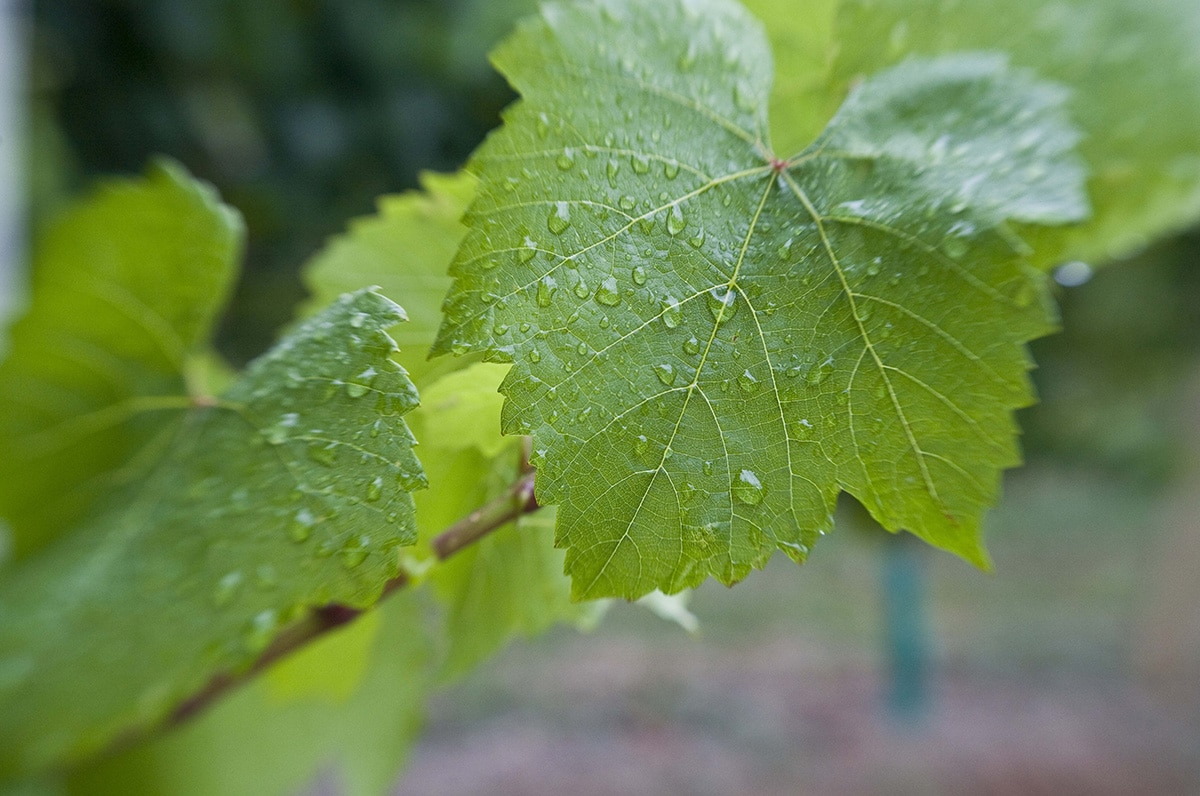Big things can come in small packages. And when it comes to nanotechnology, really, really big things could come from really, really small packages, including advancements in winemaking and viticulture, says Bragato Research Institute Research Programme Manager Dr Sachi Rana. In this Q&A, we ask her what to expect.

Dr Sachi Rana has a PhD in Nanotechnology
What is Nanotechnology?
Nanotechnology is a branch of engineering and science that deals with nanoparticles sized between 1-100 nanometres. One nanometre is one billionth of a meter. Nanoparticles include carbon-like fullerenes and nano-sized elements like silver, copper, and gold. For simplicity, gold in its solid form appears yellowish golden in colour, however, in its nano form (in suspension), it appears reddish in colour and has amazing properties that mean it is used in various applications. For example, in medical science, gold nanoparticles can be used in imaging, diagnostics, and therapeutics. You may have heard of quantum dots, and these are also nanoparticles.
What are some of the potential applications of nanotechnology in viticulture and winemaking?
During the past decade, research organisations around the world have been working to harness this technology to develop nano-based products and there is great potential for use in the wine industry. In viticulture, nanotechnology could be used to protect vines from pathogens and increase grape yield and quality. In the winemaking area, nanotechnology could be used to improve wine quality. It could help both the wine industry and the consumer by improving wine flavour and changing nutritional properties.
How is nanotechnology currently being used in the wine industry?
Although research is being undertaken in the winegrowing sectors around the world, nanotechnology is not widely deployed yet. Recently, work has been carried out to develop polymers that can remove methoxypyrazines from Cabernet Sauvignon and haze-forming proteins from Sauvignon Blanc, Sémillon and Chardonnay wines using magnetic nanoparticles. The use of nanotechnology is currently existing in the market to remove Brettanomyces or smoke taint from wines. I’m very excited by this potential as it will be very beneficial to our New Zealand wine industry. It is a matter of time before nanotechnology is used in our industry.
How is BRI furthering that understanding?
At BRI, we understand the significance of technology and recognise that there is a potential in nanotechnology that could benefit our wine industry. We are working with the University of Auckland on a research project to capture producers’ impressions of nanotechnology and to find possible applications of nanotechnology to promote sustainability in the winegrowing sector.
What is the industry’s appetite for enabling nanotech in wine?
I believe there needs to be a greater level of awareness and acceptance for enabling nanotechnology in wine. Through our researchers at the University of Auckland, we realise that even though there are some concerns, there is a considerable amount of interest in the New Zealand wine scene. And that is a great finding!
What are the potential downsides?
There are concerns over economic disruption and market acceptance.
Can you give some examples of nanotechnology being used in other areas?
Nanotechnology is broadly being used in various sectors globally like information technology, communications, biomedical science, energy technology, and pharmaceuticals, as well as in food technology.
To read the latest progress report on BRI’s project led by Dr Melanie Kah at the University of Auckland, Potential applications of nanotechnology for winegrowing in New Zealand, click here.
This article was first published in New Zealand Winegrower magazine issue 139.

















